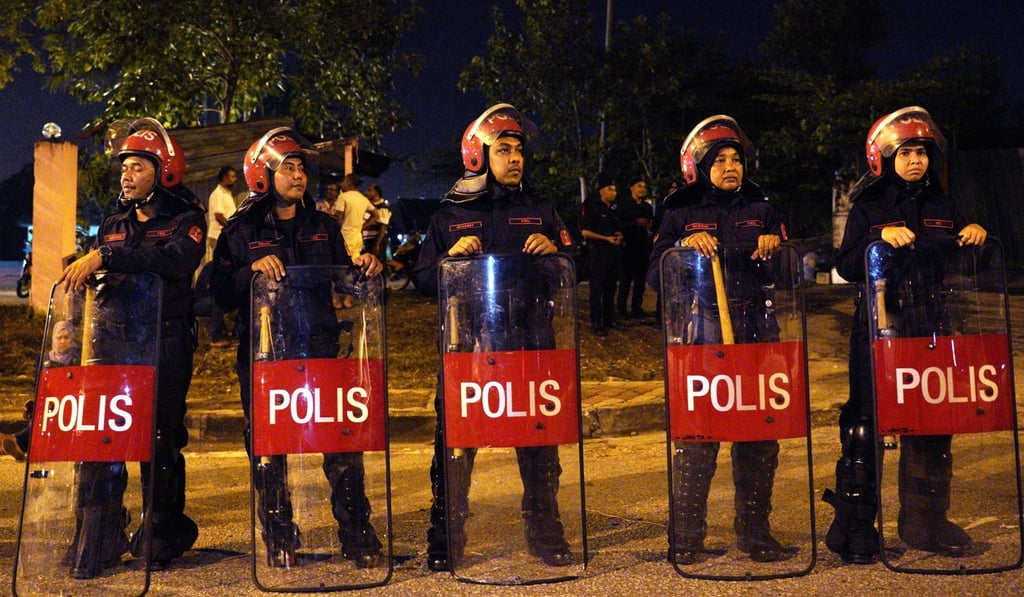Death of Malay firefighter in temple riots ruled to be ‘criminal act’, risks heightening tensions
- Malay firefighter Malay firefighter Last November, protests against the proposed relocation of a Hindu temple in Kuala Lumpur turned violent
- Muhammad Adib Mohd Kassim was pulled from an emergency response van and beaten before dying in hospital three weeks later

After Muhammad Adib’s death, the Pakatan Harapan government – which was six months old at the time – was caught flat-footed as politicians scrambled to minimise the fallout and maintain order. The situation became so urgent the government suspended its moratorium on the draconian security laws passed by the previous administration.
According to political scientist James Chin of the University of Tasmania’s Asia Institute, the findings of the inquest into Muhammad Adib’s death could deepen ill-feeling.
“The findings are not surprising but it will raise tensions as right-wing Malay groups may blame ethnic Indians,” Chin said.

Ethnic Indians make up 6.9 per cent of Malaysia’s population, while Muslim Malays make up more than 60 per cent of the country’s population.